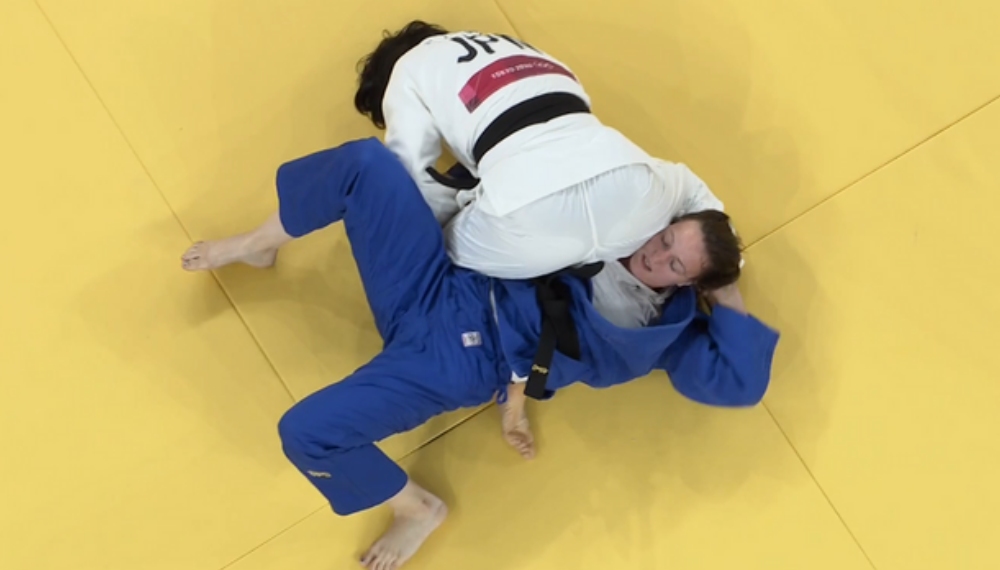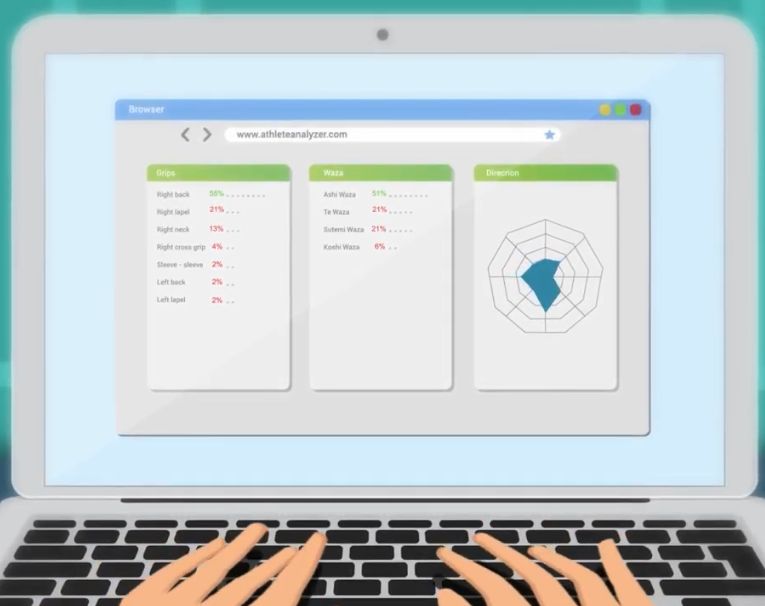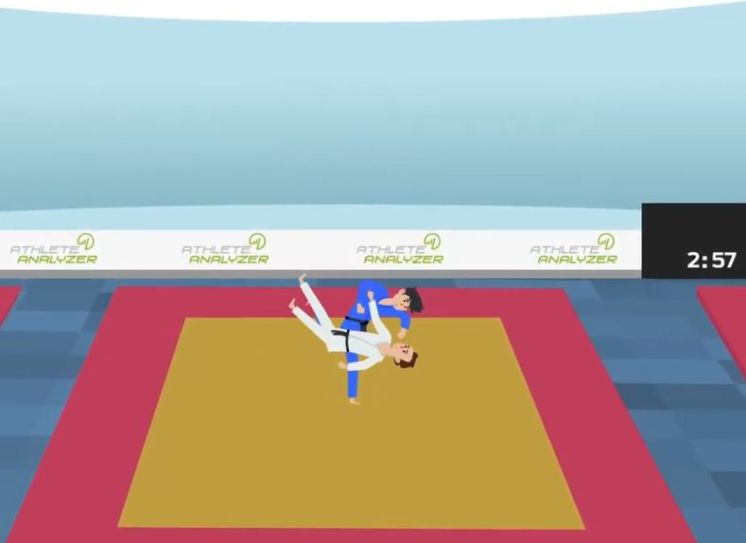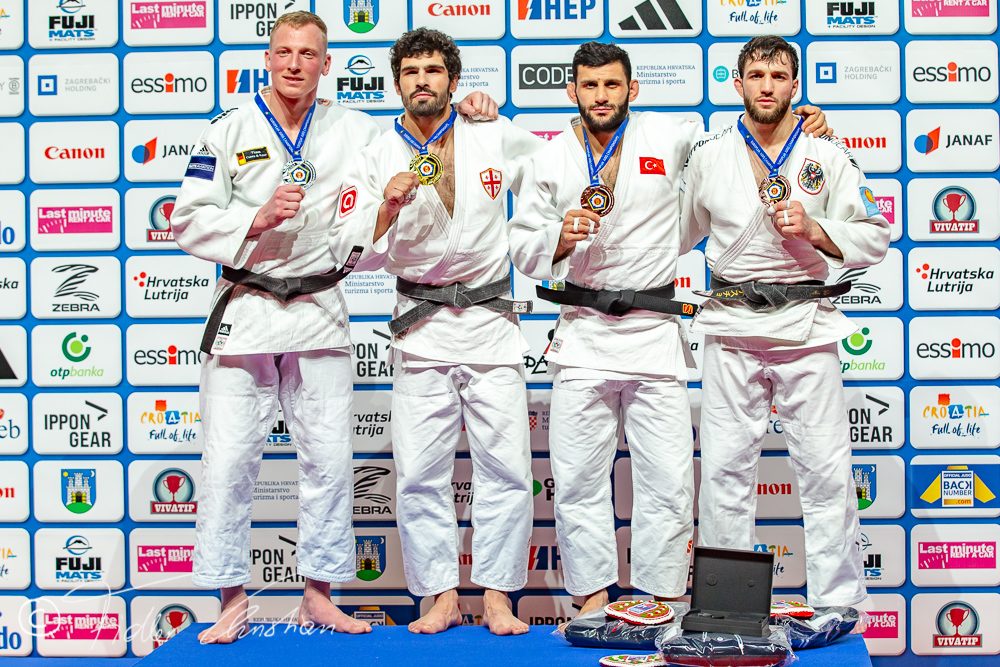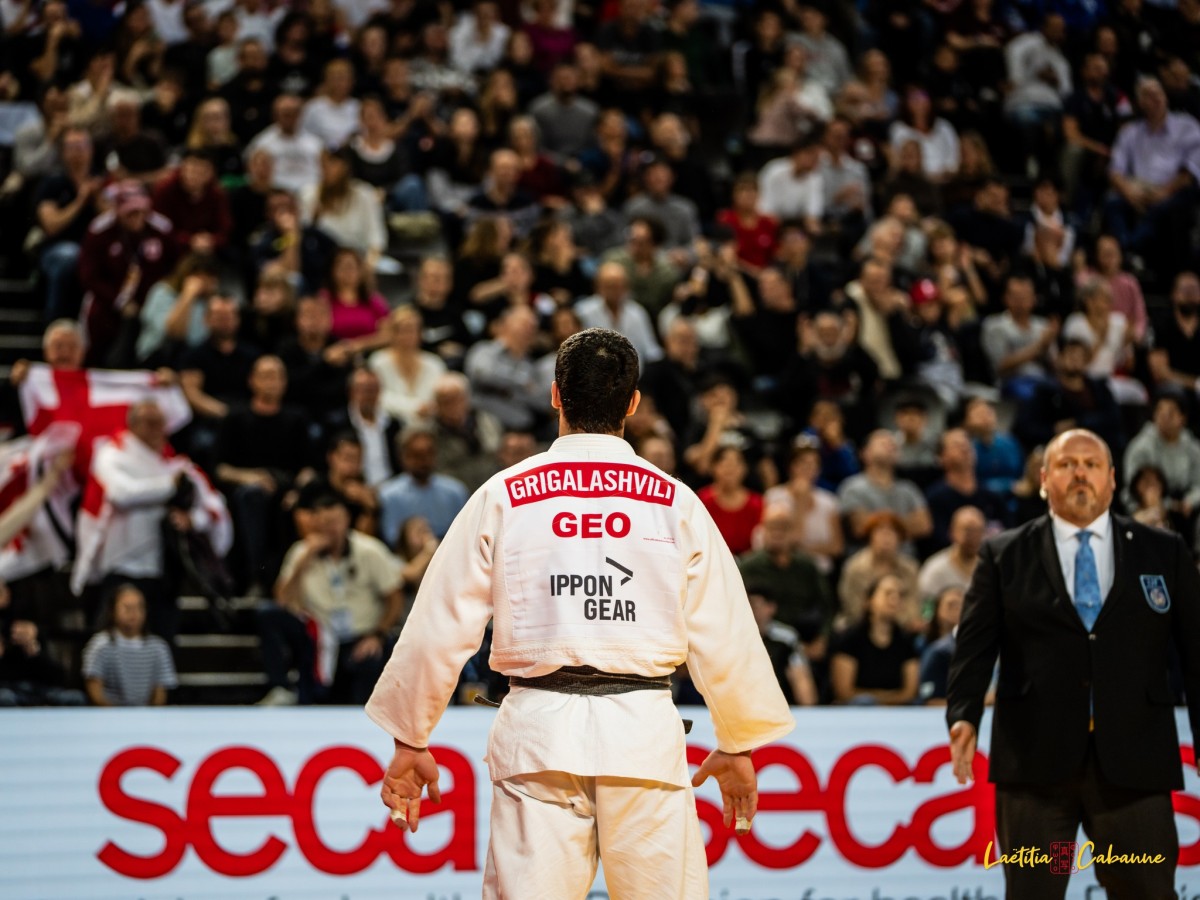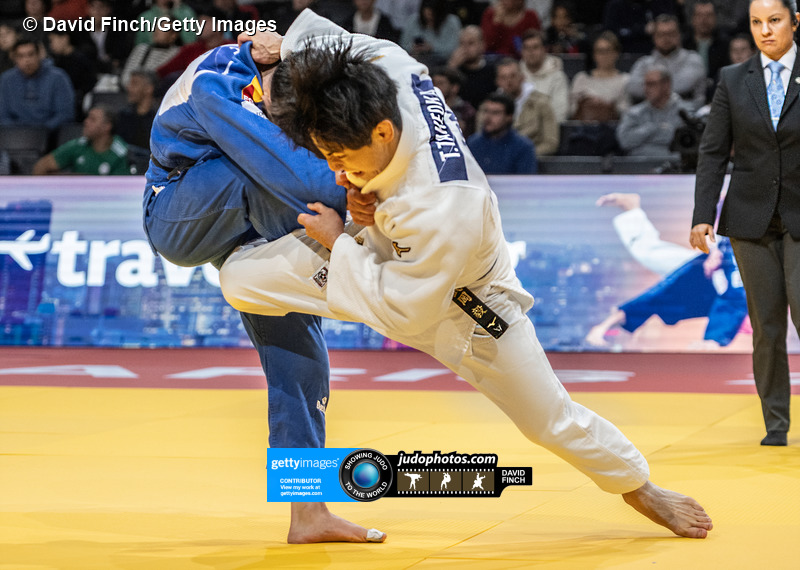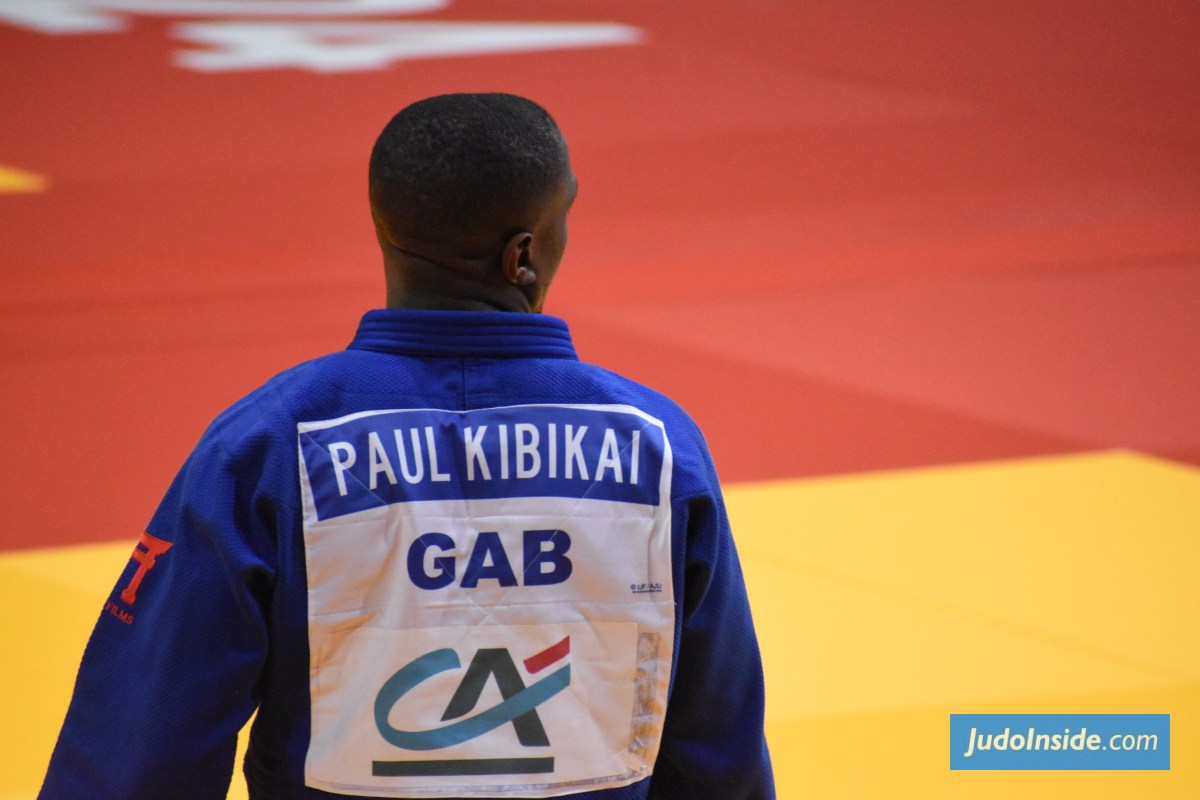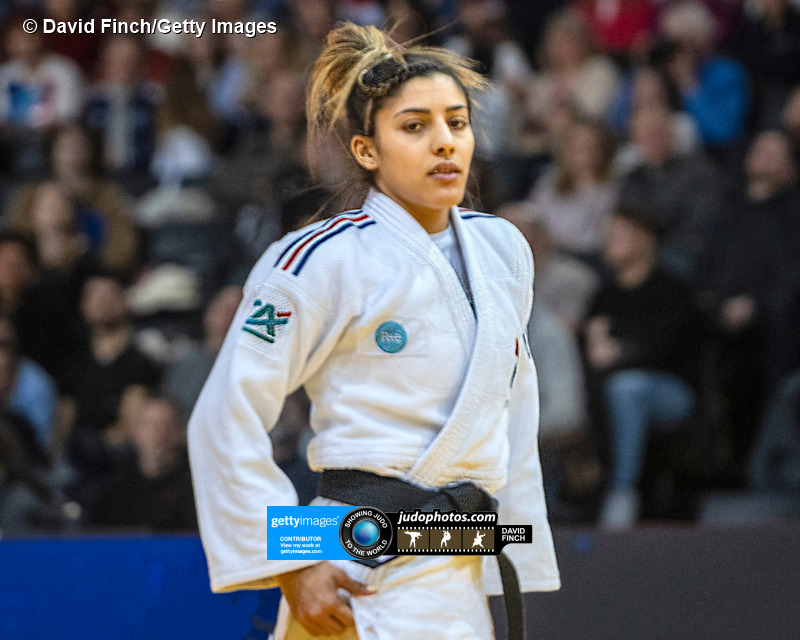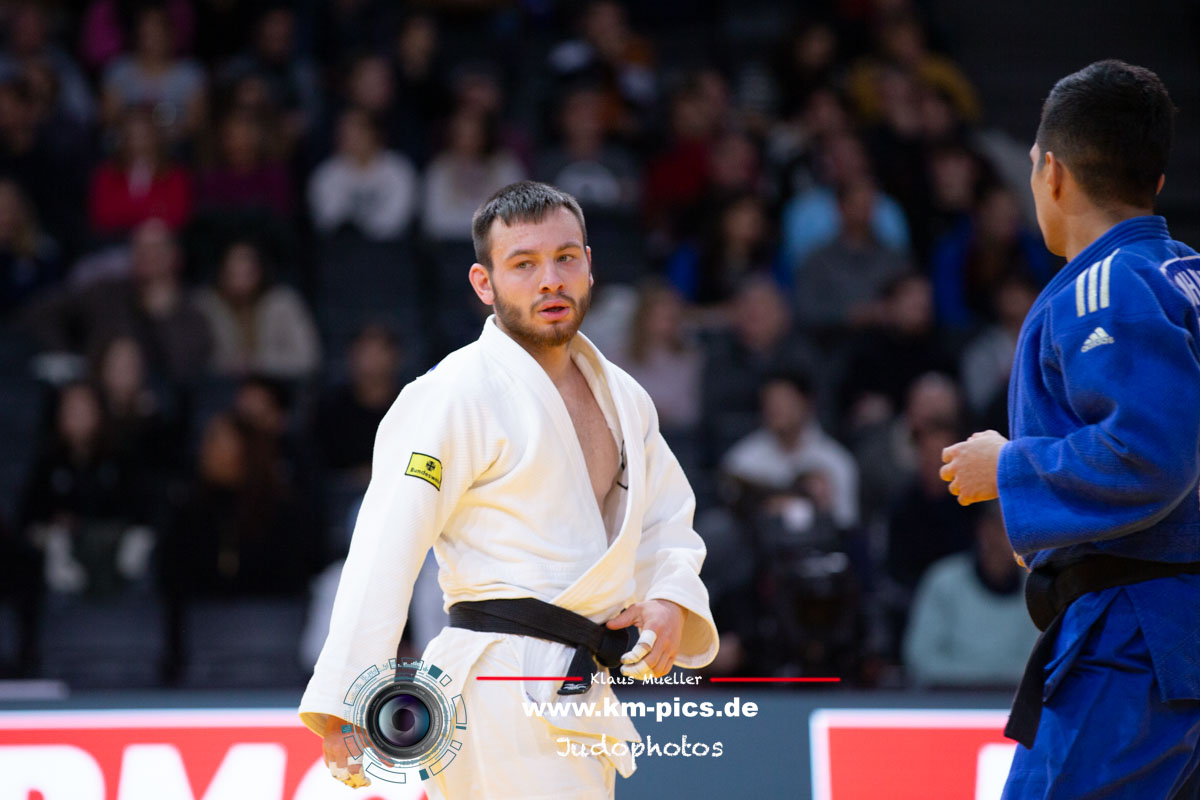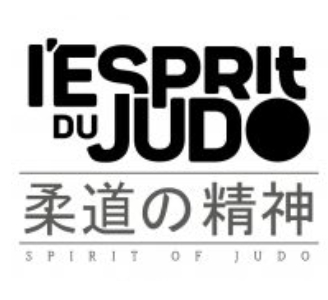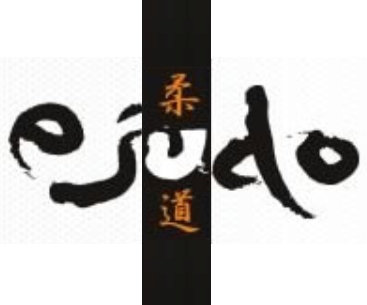The top 10 trends of the Judo Worlds
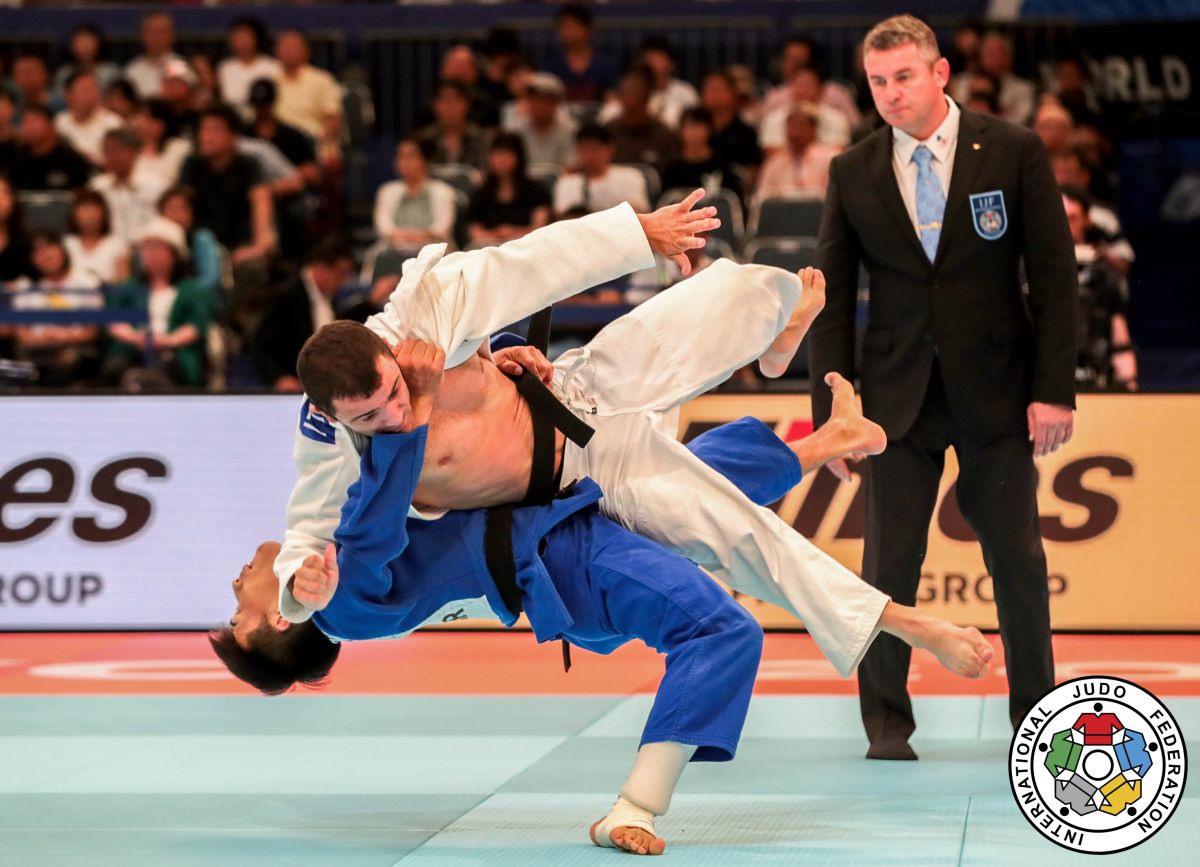
 2 Sep 2019 09:05
2 Sep 2019 09:05
 by Oon Yeoh of JudoCrazy
by Oon Yeoh of JudoCrazy
 IJF Marina Mayorova / International Judo Federation
IJF Marina Mayorova / International Judo Federation
The 2019 Tokyo World Championships is over. JudoCrazy is the top analyst of the World Championships and Editor in Chief Oon Yeoh observed a few trends in Tokyo that you might want to keep in your system, learning from the best moments of the World Championships.
* Lots of sode-tsurikomi-goshi, both in standing and drop forms but not so much in the one-handed version. Perhaps the Abe siblings have really popularized this technique or perhaps it's just a technique that works well in today's gripping environment.
* Soto-makikomi was very popular. Some did it the classical way, with a leg tripping uke over. Some did is more as a throw with uke hoisted into the air and some did it as drop. But wrapping uke around your own body and doing a sacrificial throw has become a mainstream technique.
* Takato-style ouchi-gari, which is characterized by a low lunge with the attacking leg and a grip around uke's waist with what is normally the hikite (sleeve) hand was very common among Asian and Western players. This seems to be the latest trendy throw.
* Front uchimata (or Zantaraia style uchimata), which is actually a form of utsuri-goshi, was also popular especially among the European players. Mongolians also do it a lot but it doesn't seem to be popular with Korean or Japanese players (Takato is the only notable Japanese player that uses it regularly).
* Tsurikomi-goshi done in a modern way, with a grip around uke's back (usually with the arm under uke's armpit) was also seen quite a bit, surprisingly. Maybe this will become a trend.
* Many players are making a habit of holding onto uke after a throw in case the ippon is downgraded to waza-ari. They want to hold on for osaekomi, just in case. This is a good strategy as there were a few cases, notably one involving Kelmendi, where ippon was called and after she let go of uke and stood up, it was downgraded to waza-ari.
* Tipping uke over or literally just pushing uke down is being scored and many players are utilizing this move. Traditionalists don't like this. They don't consider it a "real" throw but the rules are the rules. Players have to play by the rules, whatever they may be.
* Transition throws, where uke is thrown when his/her knees are on the ground but the elbow is already up, are very, very common now. Certainly the top players have all incorporated this into their fighting strategies.
* Most players have adapted to the rule requiring them to tidy up their gis each time matte is called. Not many penalties for messy gis anymore.
* Fast two shidos but the third is avoided. Referees are general quite slow to the give he last shido in situations when a player is head by waza-ari, down by two shidos and there are only a few seconds left in the match. Sometimes those players are clearly blocking off, or running away or even dropping, yet they did not receive the last shido. The on-air commentators are saying that's because they don't want to encourage a match to be decided by shido. But our stance is if a player is clearly retreating and avoiding proper play, they should be penalized.
 like
like
 share
share

| Result | City | Date |
|---|---|---|
| 1 | Zagreb | 26 Apr |
| 3 | Belgrade | 2023 |
| 2 | Montpellier | 2023 |
| 3 | Budapest | 2023 |
| 1 | Doha | 2023 |
| Result | City | Date |
|---|---|---|
| 1 | Tashkent | 2 Mar |
| 1 | Paris | 3 Feb |
| 1 | Budapest | 2023 |
| 2 | Tokyo | 2023 |
| 5 | Montpellier | 2023 |





